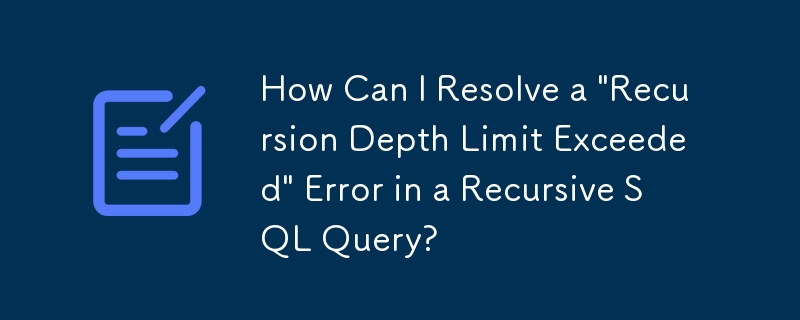Found a total of 10000 related content
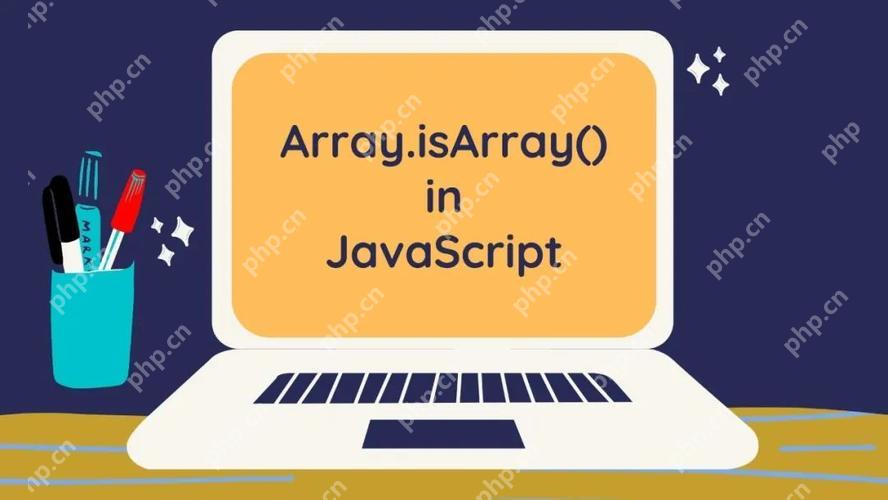
How to achieve animation effects (such as 3D transformation, transition animation) through CSS?
Article Introduction:CSS can achieve animation effects through transition and animation properties. The specific steps are as follows: 1. Use transition properties to achieve simple transition effects, such as getting bigger and changing colors when the button is hovered. 2. Use transform and perspective properties to implement 3D transformation, such as creating and rotating cubes. 3. Optimize animation performance. It is recommended to use the will-change attribute to reduce animation complexity and use requestAnimationFrame to control the frame rate.
2025-05-20
comment 0
854

10 JSON Data with jQuery Plugins, Scripts & Tuts
Article Introduction:Key Takeaways
This post introduces 10 JSON Data with jQuery Plugins, Scripts & Tuts, providing ways to create dynamic web elements such as a bar chart with flash-like animation effects, a web widget, or a Mosaic-like grid interface for images.
2025-02-26
comment 0
684

10 Helpful CSS Graph and Chart Tutorials and Techniques
Article Introduction:Ten tips and tutorials for creating charts and graphics using CSS
Key points:
CSS is a powerful tool for creating interactive, visually engaging charts and graphics that reduce bandwidth requirements and are easy to download.
This article provides 10 tutorials and tips for creating charts and graphics using CSS, including cool animated pie charts, 3D bar charts, and easy-to-access data visualization.
Creating a CSS chart requires understanding of HTML and CSS, using the "div" element as the chart container, using CSS for style, and using the "data-" attribute to store the chart data. Various CSS techniques can be used to make the chart responsive, animated, and tagged.
Cascading Style Sheets (CSS) is a markup language used for descriptions
2025-02-28
comment 0
703
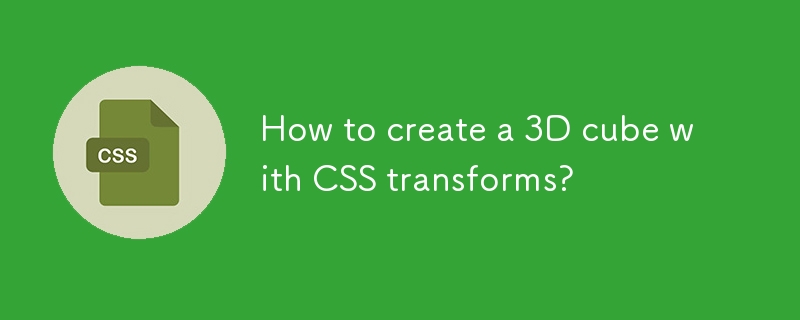
How to create a 3D cube with CSS transforms?
Article Introduction:To create a 3D cube, you need to set up a scene and cube structure containing perspective effects; 2. Use perspective and transform-style:preserve-3d to enable 3D space; 3. Position six faces through rotateX, rotateY and translateZ; 4. Optionally add animation to achieve automatic rotation; 5. Pay attention to the consistency of the size of the face, the hiding of the back face and the adjustment of the center point, and finally use pure CSS to present the 3D cube effect in modern browsers.
2025-08-01
comment 0
398

Creating a Dynamic Navbar in Bootstrap: A Step-by-Step Tutorial
Article Introduction:To create a dynamic navigation bar in Bootstrap, follow these steps: 1. Include Bootstrap files, hosted via CDN or locally. 2. Create a basic navigation bar structure and use Bootstrap's navbar component. 3. Use JavaScript to achieve dynamic effects, such as displaying or hiding the navigation bar according to the scroll position. 4. Adjust the responsiveness and use different breakpoint classes such as navbar-expand-lg. 5. Customize the appearance and animation effects of the navigation bar through CSS. 6. Ensure the performance and accessibility of the navigation bar, test different devices and add ARIA tags. Through these steps, you can create a dynamic navigation bar that is both beautiful and enhances the user experience.
2025-07-16
comment 0
209

10 Simple CSS and JavaScript Micro-interactions for Buttons
Article Introduction:Web button micro-interaction design: Ten tips to improve user experience
This article will introduce ten simple ways to add micro-interactions to web buttons to enhance user experience and make the website more attractive.
Core points:
Enhanced user experience: Microinteraction provides instant feedback, improve user participation, and improve overall user experience.
Multiple effects: The tutorial covers a variety of effects such as sound, border animation, 3D transformation, and more complex interactions such as shape and text changes.
Accessibility and Interaction: Sound-based micro-interactions are especially useful for improving accessibility, especially on mobile devices.
Use of CSS and JavaScript: All effects are dynamically interspersed through CSS styles and animations and JavaScript
2025-02-08
comment 0
1042
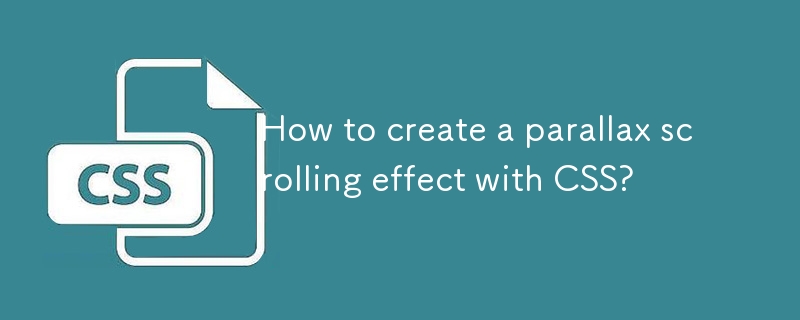
How to create a parallax scrolling effect with CSS?
Article Introduction:The parallax scrolling effect can be implemented using CSS. There are three specific methods: First, use the background-attachment attribute, set the background-attachment:fixed; make the background image fixed, forming visual misalignment; second, use transform:translateZ() and perspective to set multiple levels in HTML and give different depths to simulate the 3D scrolling effect; third, combine HTML, CSS and JavaScript, dynamically adjust the style by listening to scroll events to achieve more complex animation effects. These three methods are applicable to basic parallax, full-screen display websites and high-definition
2025-07-25
comment 0
939
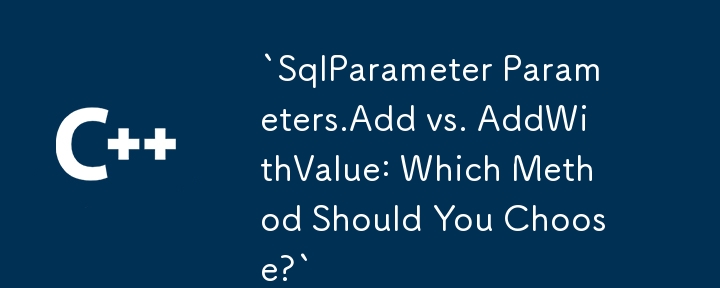
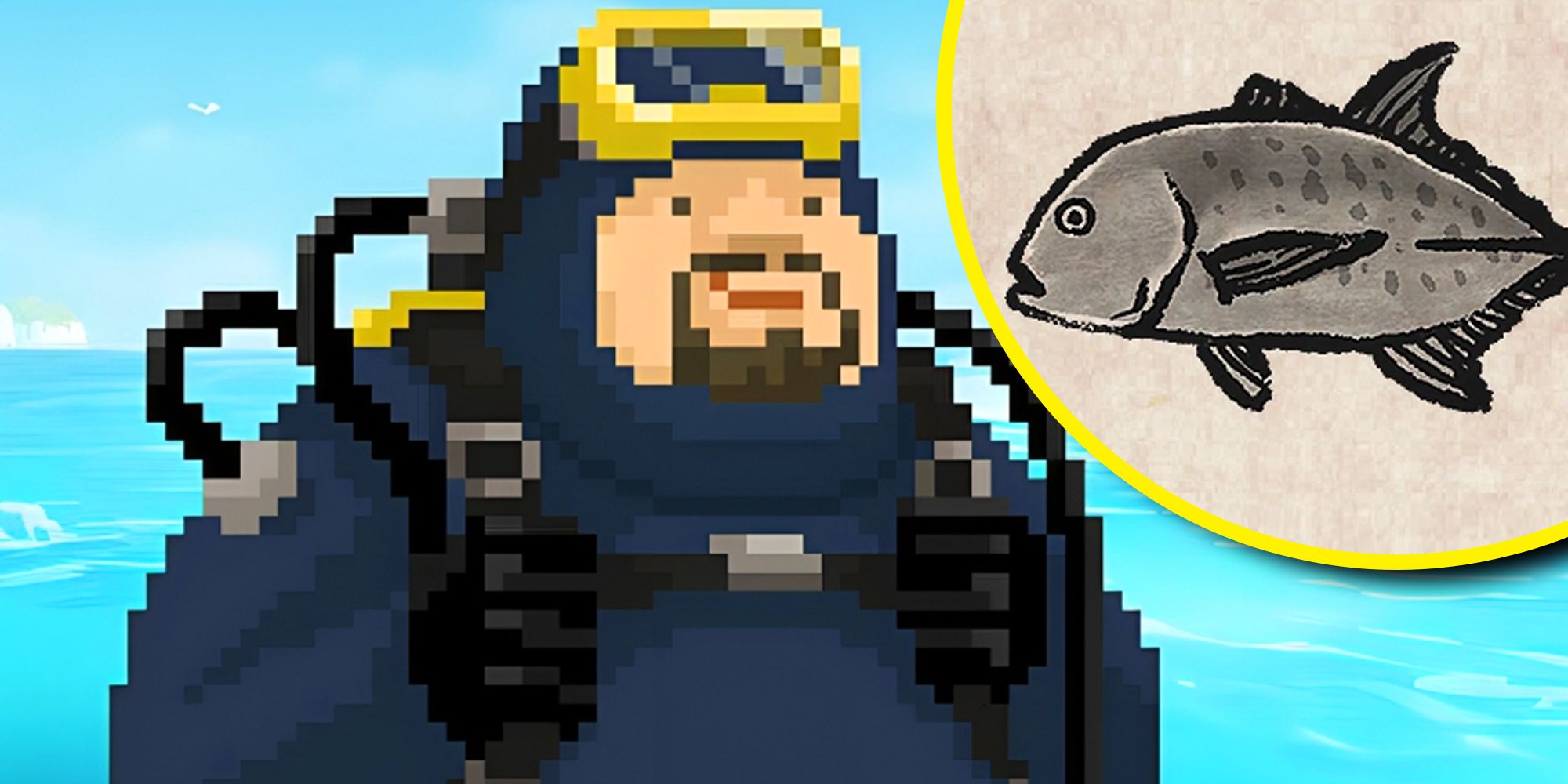
Dave The Diver: How To Catch Spider Crabs
Article Introduction:In Dave The Diver, there are some creatures that are not easy to catch. Or, catch alive that is. The spider crab is one of those very species, making it seem like the only way to bring these crustaceans back up to land is to viciously crack them up w
2025-01-10
comment 0
857

Prepare for Interview Like a Pro with Interview Questions CLI
Article Introduction:Prepare for Interview Like a Pro with Interview Questions CLI
What is the Interview Questions CLI?
The Interview Questions CLI is a command-line tool designed for JavaScript learners and developers who want to enhance their interview
2025-01-10
comment 0
1487

Soft Deletes in Databases: To Use or Not to Use?
Article Introduction:Soft Deletes: A Question of DesignThe topic of soft deletes, a mechanism that "flags" records as deleted instead of physically removing them, has...
2025-01-10
comment 0
1083













